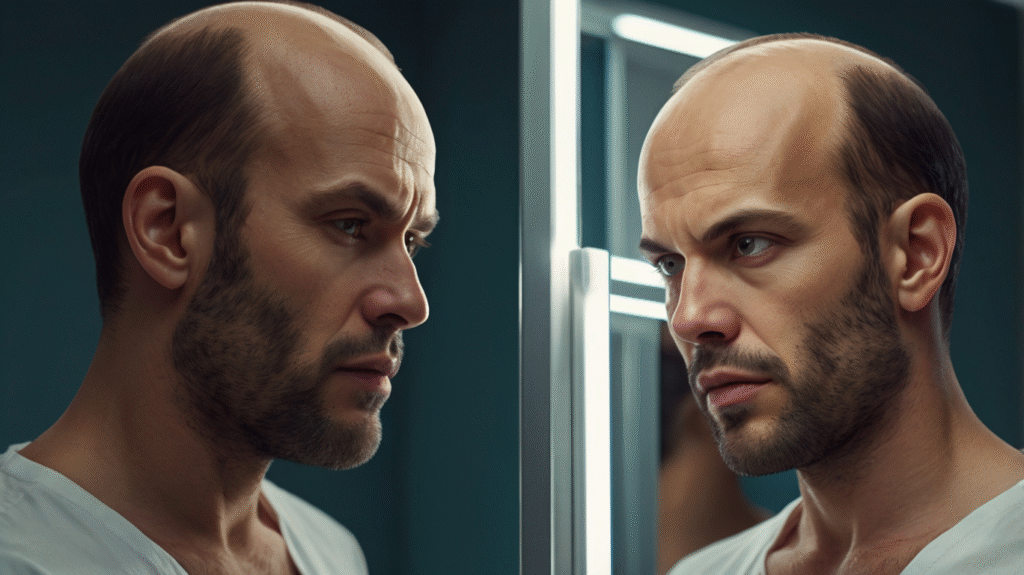
Your Hairline Deserves the Truth:
We are in an age where cosmetic treatments have never been more accessible. From tightening skin to whitening teeth, people are discovering new ways of feeling confident about their appearance. But when reversing receding hairlines or bald spots is on the menu, one major solution sits at the top of the list: hair transplants. Are they the miracle cure they’re made out to be, or are the risks hidden just beneath the surface?
What Exactly Are Hair Transplants?
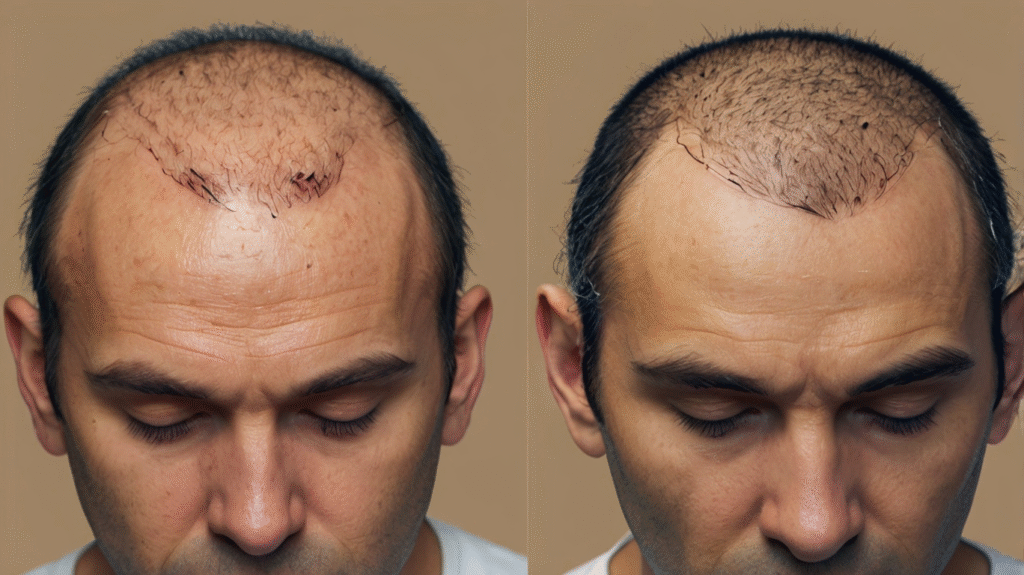
Hair transplants are surgically transplanting hair follicles from one part of your body (usually the back or sides of your head) into the areas where your hair is thinning or balding. The most common methods are FUE (follicular unit extraction) and FUT (follicular unit transplantation). These procedures are not necessarily complicated, but they do necessitate careful aftercare and surgical precision.
The Safety of Hair Transplants: What Science
Reveals Hair transplants are generally safe as long as they are performed by licensed and skilled practitioners. As per studies and reviews in dermatology, complications are rare but can include bleeding, infection, or swelling. What guarantees their safety is the skill of the surgeon, the cleanness of the clinic, and how well the patient adheres to post-operative care. Hair transplantation is not inherently dangerous, but shortcuts along the way can usher in perils.
Who Shouldn't Get Hair Transplants?
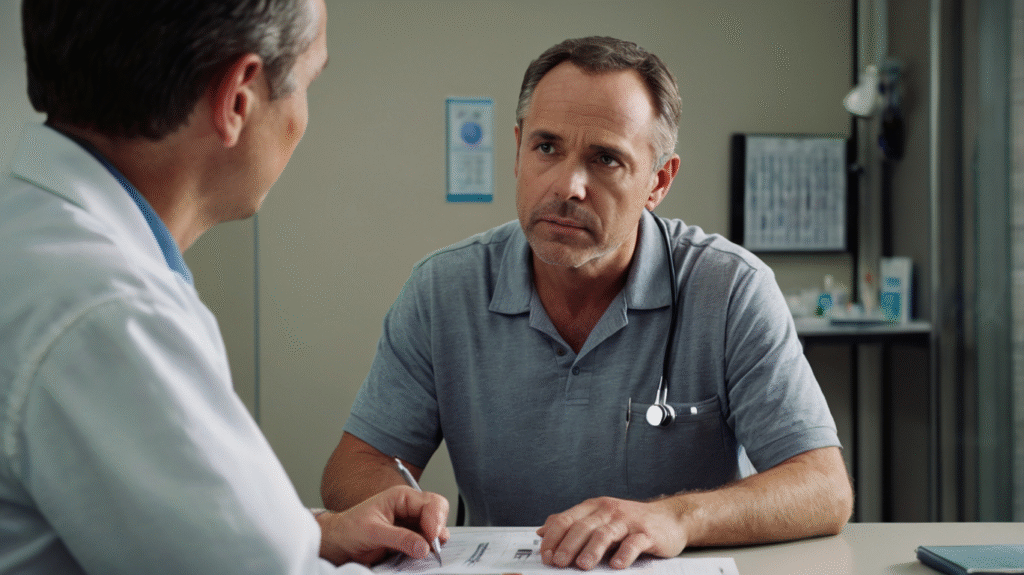
Although hair transplants are safe for the majority, they’re not suitable for everyone. Those with chronic illnesses like uncontrolled diabetes, clotting disorders, or autoimmune disorders may experience complications. Likewise, those who have unrealistic expectations or early-onset baldness may not achieve the most benefit. A medical doctor should be consulted beforehand so it can be determined if it’s the path to take.
Common Side Effects and Risks:
All surgical procedures have side effects attached to them, and hair transplants are no different. These may be infection of the scalp, scarring, or the notorious “shock loss,” in which transplanted hair will fall out first before regrowth occurs. While these side effects tend to be temporary and mildly incapacitating, they should be known in order to determine whether or not the benefits of hair transplants are worth the possible dangers.
Hair Transplants vs. Non-Surgical Treatments:
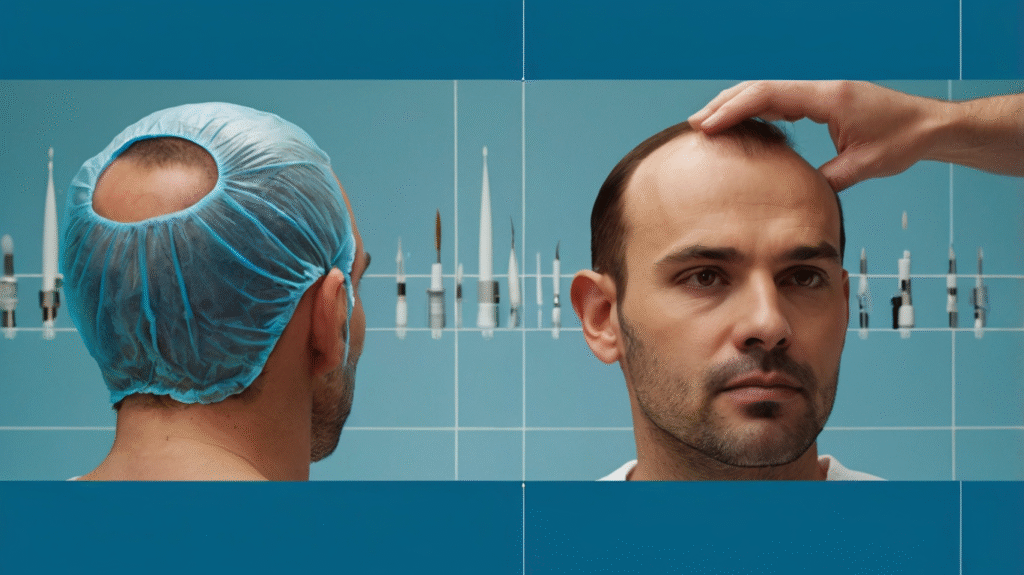
Most individuals, before undergoing surgery, initially attempt non-surgical options like minoxidil (Rogaine), finasteride (Propecia), or laser therapy. These options slow down or even halt hair loss in some cases. They do not, however, produce the long-term, natural-looking results that hair transplants are likely to. But if safety is your top priority, then trying less invasive treatments first might be a smarter first step.
What to Expect During the Procedure:
Reducing anxiety and risk depends on knowing what to anticipate. Local anesthetic is employed during a hair transplant, and the chosen technique (FUE or FUT) takes place over many hours. Redness or a sense of tenderness can develop after surgery, but pain is usually minimal. Following good care and avoiding overactivity in the days after the procedure accelerates healing and ensures maximum safety.
Post-Transplant Care: The Key to Success and Safety
Proper aftercare may destroy or salvage your hair transplant result. This includes avoiding direct sun, not scratching the scalp, using prescribed shampoos, and attending follow-up visits. Neglect of these practices can lead to infection, scarring, or graft loss. The work is not finished after surgery; post-transplant care of the hair is necessary in order to be successful.
How to Choose a Qualified and Safe Surgeon:
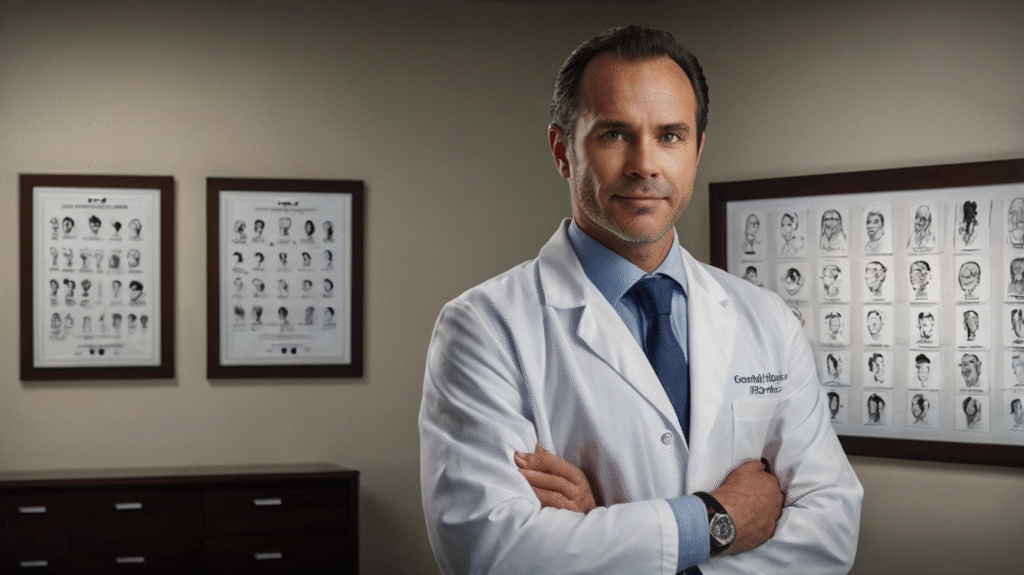
The quality of hair transplants hugely depends on the expertise of your surgeon. Look for board-certified plastic surgeons or hair restoration specialists who are dermatologists. Read reviews, ask for before-and-after photos, and verify credentials. The right hands start a safe and successful hair transplant.
Cost vs. Safety:
Don’t Bargain With Your Hair It’s hard not to choose a clinic that offers you spectacular bargains, especially outside the country. But lower cost does not necessarily mean less cost. Lack of cleanliness, incompetence, and no follow-up are warning signs. When it comes to hair transplants, cutting corners to save money could cost you your health or your look. Spending on safety is worth it. Conclusion: Safe, But Not Risk-Free So are hair transplants safe? For the most part, yes—but they have to be taken very seriously, thoughtfully planned, and performed under expert guidance. Like any medical procedure, there is risk involved, but it’s extremely minimized if you do your research and play by the rules.
Conclusion:
So, are hair transplants safe? In most cases, yes—but they require serious consideration, proper planning, and expert guidance. Like any medical procedure, they come with risks, but those risks are significantly minimized when you do your research and follow the rules. Whether you choose to go under the needle or explore other hair restoration options, understanding the process helps you make the right call for your hair and health.
FAQs:
Yes, hair transplants are meant to be permanent because they use follicles from areas that are not susceptible to balding. However, more loss of hair may take place in untreated areas.
Hair transplants can be extremely natural-looking when performed by an expert. The way in which the hair follicles are oriented, the density of the follicles, and the location of the follicles are critical factors in achieving a natural appearance.
Yes. Women suffering from thinning hair or balding of a patterned nature may undergo hair transplants, although the procedure may be slightly different.
The majority can return to work within a few days, but full healing and hair growth could take a few months.
Little pain, owing to the use of local anesthetic, is experienced by most patients. A bit of soreness or itching afterwards is anticipated but manageable with medication.